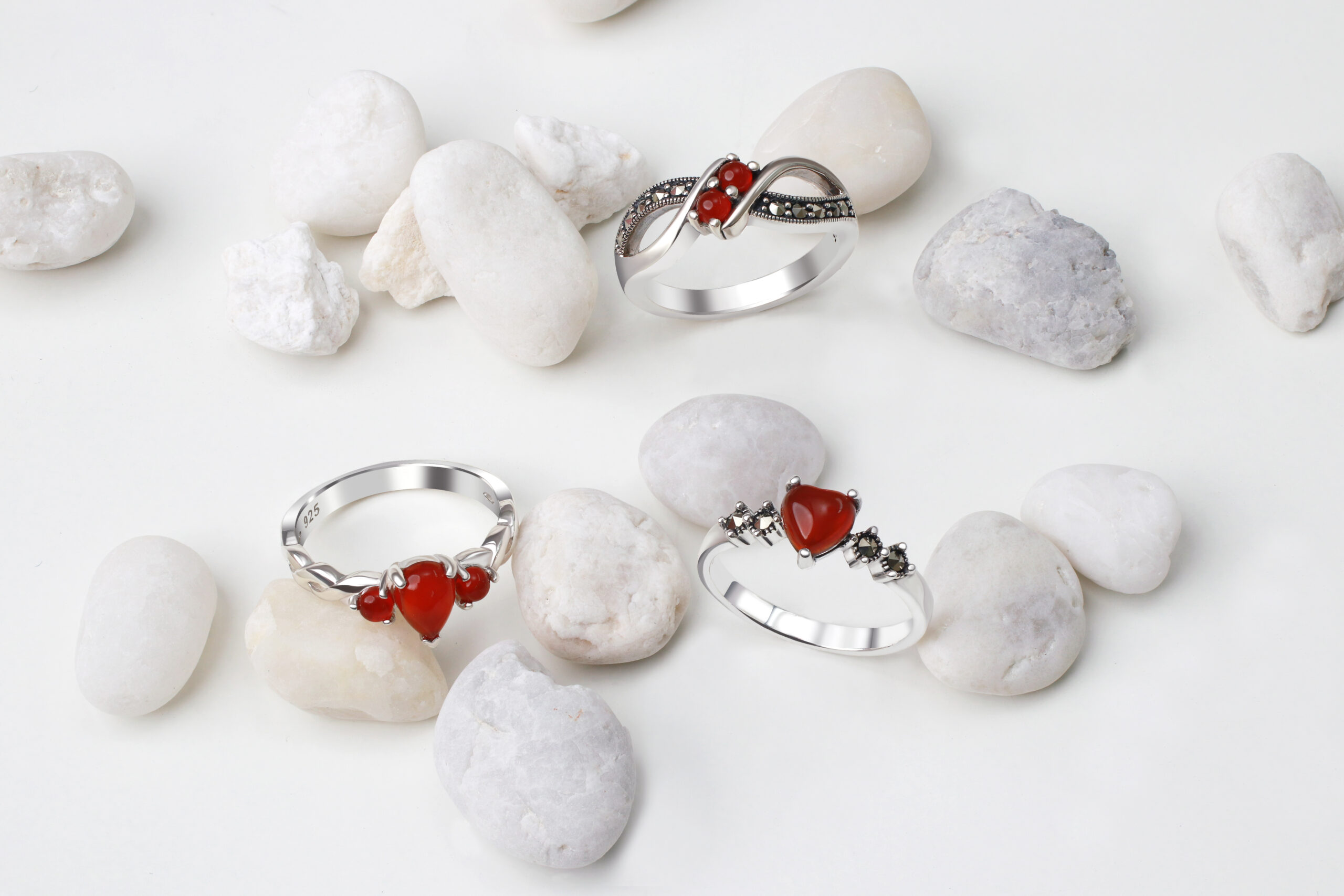How to Use Silver Rate Today to Predict Wholesale Jewelry Costs: A Strategic Guide for Buyers and Retailers

In the fast-evolving world of jewelry trade, staying ahead of market dynamics is a competitive advantage. One of the most overlooked yet powerful tools for wholesale jewelry businesses is the daily silver rate. This figure doesn’t just reflect the cost of metal it offers predictive insights that can shape your purchasing strategy, pricing structure, and profitability.
This article explores how to interpret the silver rate today, identify influencing variables, and apply this knowledge to optimize your wholesale jewelry operations. From manufacturers and exporters to boutique retailers, this guide helps you build smarter strategies anchored in real-time data.
1. What is the Silver Rate Today and Where to Find It?
The silver rate refers to the current price of silver per gram, ounce, or kilogram in a given currency. It fluctuates daily based on global market trends and is widely published by:
- Financial news platforms (e.g., Bloomberg, Reuters)
- Commodity market websites
- Local jewelry trade associations
- Government customs and trade databases
For businesses operating in Thailand or sourcing from Thai silver factories, checking domestic prices in THB (Thai Baht) is crucial. However, international buyers should monitor USD rates due to currency conversion impacts.
2. Key Drivers Influencing Silver Rates
Before applying silver rate data, understand what drives the fluctuation:
- Global economic sentiment – Recessions or inflation spur demand for silver as a hedge.
- US dollar strength – A strong dollar typically reduces silver demand globally.
- Industrial demand – Silver is used in electronics, medical equipment, and solar panels.
- Mining output and supply disruptions – Political instability or mine shutdowns can restrict supply.
- Speculation and ETF movements – Investment flows in commodities impact market rates.
Tracking these variables helps you anticipate price shifts rather than react to them.
3. Why Silver Rate Today Matters in Wholesale Jewelry
In wholesale jewelry, silver constitutes a major part of raw material cost. Daily silver rate changes can:
- Affect quotations for bulk buyers
- Change MOQ pricing on ready stock and made-to-order lines
- Influence cost-per-piece for items like rings, earrings, pendants, and bracelets
For example, a 5% increase in silver price can push up wholesale costs significantly if unaccounted for in early-stage planning.

4. Using Silver Rate Data for Forecasting Costs
Rather than using today’s rate in isolation, look at trends:
- Compare week-on-week and month-on-month changes
- Chart historical prices over 6–12 months for pattern recognition
- Identify seasonality silver often sees surges during inflationary cycles or festive buying periods
Use this data to decide whether to stock up now, delay a bulk order, or negotiate flexible contracts.
5. Case Example: Applying Silver Rate to Made-to-Order Pricing
A US-based boutique wants to commission 100 marcasite silver rings from a Thai manufacturer. Here’s how silver rate tracking helps:
- Manufacturer quotes are often valid for 7–14 days, but volatile silver prices could shift margins
- The buyer monitors silver rates for a week to catch a dip before locking in the order
- Based on silver-to-THB and USD exchange rates, they time the order when both are favorable
This calculated approach can save hundreds of dollars on a single transaction.
6. Currency Conversion: The Silver Rate’s Twin Influence
If you’re buying wholesale internationally, consider both the silver price and currency rate:
- If silver remains stable but your home currency weakens, you’ll still pay more
- Conversely, a favorable exchange rate can offset slight increases in silver cost
Platforms like XE or OANDA can help track conversion trends. Smart buyers often peg their purchasing to both metal and forex trends simultaneously.
7. Contract Negotiations Based on Silver Trends
Larger buyers or B2B wholesalers can negotiate terms based on silver pricing:
- Fixed-price contracts (lock in current rate for future deliveries)
- Hedged contracts (include clauses for ±X% fluctuation adjustments)
- Tiered pricing models depending on silver bands (e.g., $24–26/oz = $X cost per unit)
These tactics minimize risk and create cost predictability for retailers and exporters alike.

8. Integrating Silver Rates into Your Inventory Planning
Silver rate insights can guide stocking decisions:
- If silver is forecasted to rise, stock up now on core inventory
- If a drop is expected, delay restocking to secure better pricing
This is particularly important for high-volume, low-margin categories like studs, bangles, and plain silver chains.
9. Understanding the Lag Effect in Retail Pricing
Consumer-facing prices often lag behind raw material changes. This gives wholesalers a margin window:
- Buy inventory before silver surges, but sell at updated price reflecting the new rate
- Optimize promotional timing to match the rate curve
Use this window to maximize ROI during rate fluctuations.
10. Digital Tools and Alerts for Monitoring Silver Rates
Stay ahead by using:
- Commodity rate APIs that feed real-time silver data into your ERP
- Google Alerts for market-moving silver news
- Spreadsheet trackers that plot historical trends
- Mobile apps for daily notifications (e.g., Kitco, Investing.com)
Information is power and automation makes it usable.
11. Supplier Communication: Be Transparent, Stay Informed
Build strong relationships with your suppliers by showing awareness:
- Ask how often they adjust for silver rate fluctuations
- Negotiate update cycles for catalogs or rate sheets
- Discuss how shipping, labor, and other costs intersect with silver pricing
A transparent relationship builds trust and responsiveness.

12. Risk Management: What Not to Do with Silver Rates
Avoid these pitfalls:
- Reacting too late – Always be proactive
- Ignoring currency influence – Silver alone doesn’t tell the full story
- Fixating on spot price – Trend matters more than the exact number
- Assuming short-term rates dictate long-term cost – Consider contracts and buffer zones
Use silver rate today as a data point, not a panic trigger.
Turn Metal Movement into Business Momentum
Silver is more than shine it’s strategy. For wholesale jewelry players, using the silver rate today is about positioning: when to buy, how to price, and how to protect margins.
By embedding this market data into everyday decisions, retailers and wholesalers alike can stay ahead of volatility and unlock more value in every gram they source.
In a world of thin margins and tight timing, information wins. And today’s silver rate may be tomorrow’s competitive edge.
